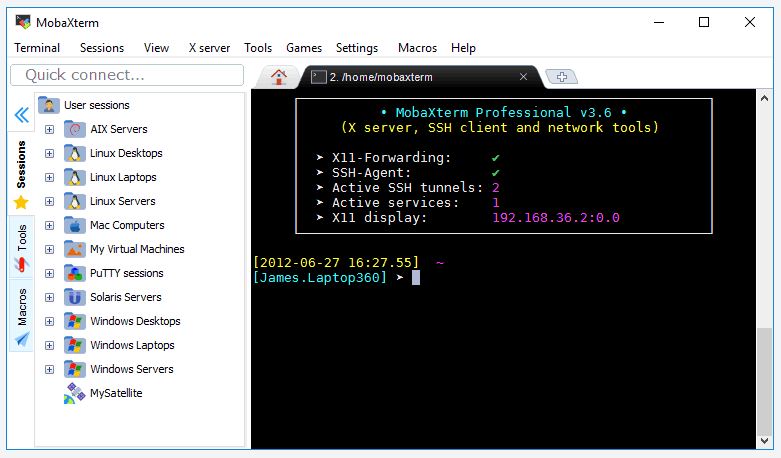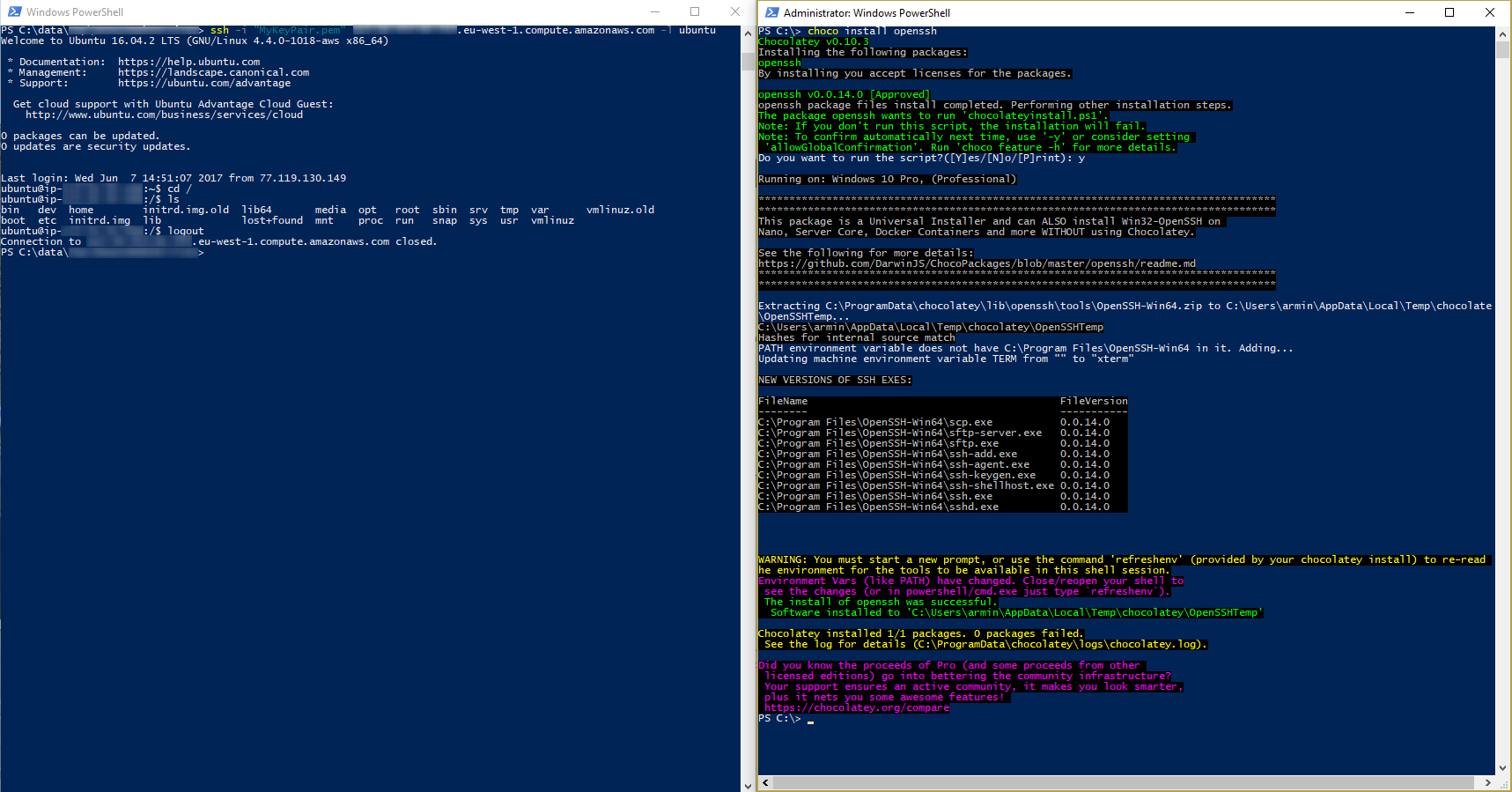

Typically this "execution lock down" notion is to prevent the following: Personally Identifiable Information (PII) or other intellectual property (IP) Typically this desire is to limit users with valid credentials from stealing Usually these requests come as a way toĪddress one of the three following needs: Data exfiltration ("exfil") prevention Lately we've had discussions with potential customers asking us to add support Independent solution for auditable, certificate-based SSH (now kubectl, too)Īccess to server clusters and recently crossed the 7k Github star milestone. Teleport quickly (and somewhat unexpectedly) gained popularity as an

Needs to be accessible by all engineers, and not limited to enterprises.

Why use a Restricted Shell?īut to better understand the need for it, let us share a bit of background.Ĭloud-native replacement for OpenSSH almost three years ago.īelieved that SSH key managers should just go away,īecause key-based authentication is a bad security practice, and this wisdom This sounds fantastic in principle, but there are plenty of caveats we want toĬover in this post. What is a Restricted Shell?Ī restricted shell is a regular UNIX shell, similar to bash, which does notĪllow user to do certain things, like launching certain commands, changing the The need to implement granular restriction arises, restricted shells are often Can bob execute htop command? What about curl? When Write into this directory, but he cannot write to files in /usr/bin, forīut sometimes we want to introduce additional, more granular restrictions, to Usually those restrictions are defined by the file system: bob can The most basic one is to configure your router to accept SSH traffic on a non-standard port and to forward it to port 22 on the machine running the SSH service.Any Linux user always has security restrictions, unless it's a root, ofĬourse. Once you’ve found the IP address, and configured your router you can log in by typing: ssh you are exposing your machine to the Internet it is a good idea to implement some security measures. In short, you need to enter the port number where requests will be made (Default SSH port is 22) and the private IP address you found earlier (using the ip a command) of the machine where the SSH is running.
Ssh shell linux how to#
You should consult your router documentation about how to set up port forwarding. , each router has a different way to setup port forwarding. When it comes to setting up port forwarding To determine the public IP address of the machine you’re trying to SSH to, simply visit the following URL: To connect to your home Ubuntu machine over the Internet you will need to know your public IP Address and to configure your router to accept data on port 22 and send it to the Ubuntu system where the SSH is running. You are now logged in to your Ubuntu machine. Once you enter the password, you will be greeted with the default Ubuntu message: Welcome to Ubuntu 20.04 LTS (GNU/Linux 5.4.0-26-generic x86_64) Warning: Permanently added '10.0.2.15' (ECDSA) to the list of known password: Type yes and you’ll be prompted to enter your password. Once you’ve found the IP address, log in to remote machine by running the following sshĬommand: ssh you connect the first time, you will see a message like this: The authenticity of host '10.0.2.15 (10.0.2.15)' can't be established.ĮCDSA key fingerprint is SHA256:Vybt22mVXuNuB5unE++yowF7lgA/9/2bLSiO3qmYWBY.Īre you sure you want to continue connecting (yes/no)? To connect to your Ubuntu machine over LAN invoke the ssh commandįollowed by the username and the IP address in the following format: ssh you can see from the output, the system IP address is 10.0.2.15.
Ssh shell linux windows#
To connect from a Windows machine, use an SSH client such as PuTTY

Linux and macOS systems have SSH clients installed by default. That’s it! You can now connect to your Ubuntu system via SSH from any remote machine. On your system, make sure to open the SSH port: sudo ufw allow ssh Ubuntu ships with a firewall configuration tool called UFW. Press q to get back to the command line prompt. Loaded: loaded (/lib/systemd/system/ssh.service enabled vendor preset: enabled)Īctive: active (running) since Mon 12:34:00 CEST 9h ago ssh.service - OpenBSD Secure Shell server.The output should tell you that the service is running and enabled to start on system boot: You can verify that SSH is running by typing: sudo systemctl status ssh Once the installation is complete, the SSH service will start automatically.


 0 kommentar(er)
0 kommentar(er)
